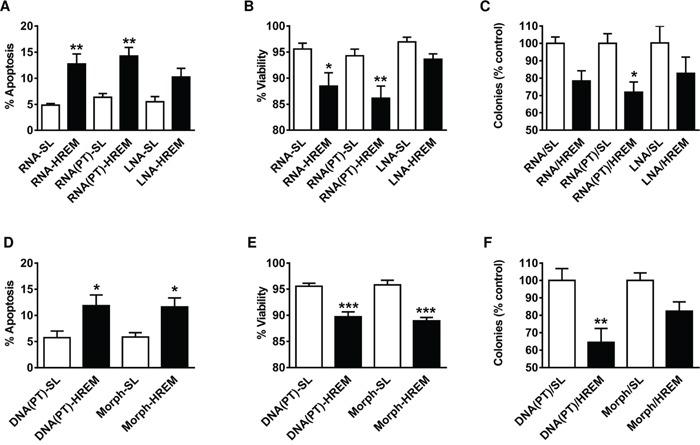Figure 7. Effect of chemically modified GAS5 HREM RNA and DNA oligonucleotides on the basal survival of MCF7 cells.

Cells (n = 4 cultures) were transfected with a range of chemically modified GAS5 HREM and corresponding stem loop (SL) control oligonucleotides comprising: unmodified RNA (RNA-HREM & RNA-SL); phosphorothioate RNA (RNA(PT)-HREM & RNA(PT)-SL); locked nucleic acid (LNA-HREM & LNA-SL); phosphorothioate DNA (DNA(PT)-HREM & DNA(PT)-SL); and morpholinos (morph-HREM & morph-SL). Cells were harvested at 20 h post-transfection for assessment of cell survival, and an equal portion of each re-plated at low cell density for assessment of colony forming ability; the latter data are expressed relative to the respective control. Of the RNA-based oligonucleotides, the LNA-HREM effect did not reach statistical significance but both the RNA-HREM and the RNA(PT)-HREM oligonucleotides increased apoptosis (panel A) and decreased cell viability (panel B); the inhibition of clonogenic growth reached statistical significance for only the RNA(PT)-HREM oligonucleotide (panel C). Both the DNA(PT)-HREM and morph-HREM oligonucleotides also increased apoptosis (panel D) and decreased cell viability (panel E), but the inhibition of clonogenic growth reached statistical significance for only the DNA(PT)-HREM (panel F). *P < 0.05, **P < 0.01 and ***P < 0.001 versus the corresponding SL control (one-way ANOVA and Bonferroni's MCT).
